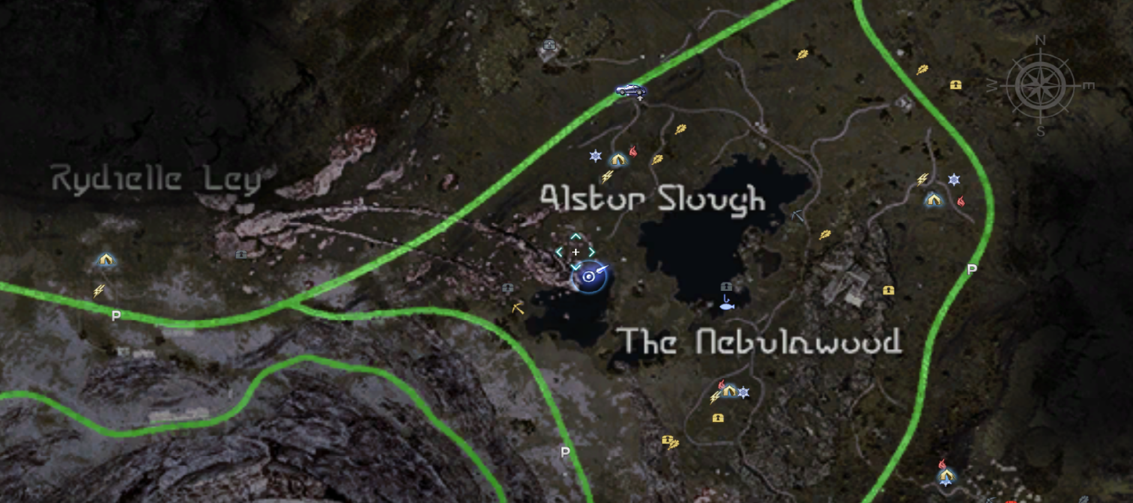



The frogs are very social and often stay in pairs or small groups. Most frogs are nocturnal, but poison frogs are active during the day, when their jewel-colored bodies can best be seen and avoided. Poison frog secretions also show promise for the development of muscle relaxants and heart stimulants. During this process its efficacy for use in humans is modified to reduce the potency. Named “epibatidine” in honor of the frog, it is 200 times more effective than morphine, without all of the bad side effects! There is a complex chemical process involved in the production of this medicinal pain killer from the "raw" biochemicals of the frog. One laboratory has developed a new painkiller from the substances produced by the phantasmal poison frog Epipedrobates tricolor. Scientists have been investigating medical uses for frog poisons and have discovered that some of these alkaloids may be beneficial for people with certain heart and circulatory conditions. Scientists know of only three frog species used for this purpose, so they suggest calling the family “poison frogs” rather than “poison dart frogs.” To further complicate matters, many species in this frog family are not at all toxic to other wildlife or humans.Įach poison frog species produces a different kind of toxin made up of different alkaloids and other chemicals. The South American people who hunt with arrows usually coat their arrow tips with plant poisons, not frog poisons. You'll also hear poison frogs called "poison arrow frogs," but that's not accurate. Researchers have found this frog’s toxins to be 200 times more potent than morphine and could potentially be used in medicine. A single golden poison frog, which is no larger than a bottle cap, can supply enough poison for 30 to 50 darts, and the dart's poison remains active for up to a year. Just a tiny drop can kill the birds and small mammals that the Choco hunt for food.

THE FROGS OF LEGEND LOCATION SKIN
The Choco use waxy leaves to pick up the frogs and dip their blow darts in the frogs’ skin secretions. Poison frogs are often called poison dart frogs because the Choco people of western Colombia use the poison of one species, the golden poison frog, to coat the tips of the blow darts they use for hunting. However, there is one snake, the Leimadophis epinephelus, that is immune to poison frog toxins and feeds on the little creatures. In this way, an entire population of frogs of a particular color can benefit from the predator’s experience with only one of their kind. If a predator survives the mistake of trying to eat one, it will remember tasting such a frog and will not try to eat anything similar in the future. The poison can cause serious swelling, nausea, and muscular paralysis. While most frogs are considered toxic but not deadly, they are distasteful to a predator and can even be fatal. The frogs’ poison is found in their skin, making them too toxic to touch. All are native to warm Central and South American rainforests near streams or ponds. Poison frogs are tiny, terrestrial, diurnal frogs that live primarily in leaf litter on the forest floor, but some live high in the forest canopy and may never come down. Their sparkling colors, however, are not for beauty but for warning: “Hey! Here I am, and I am poisonous, so don’t even think about eating me!” Here I am-don't eat me! Poison frogs are known as the jewels of the rainforest and come in just about every color combination you can think of: red and black, yellow and green, orange and silver, blue and yellow, green and black, pink and silver.


 0 kommentar(er)
0 kommentar(er)
